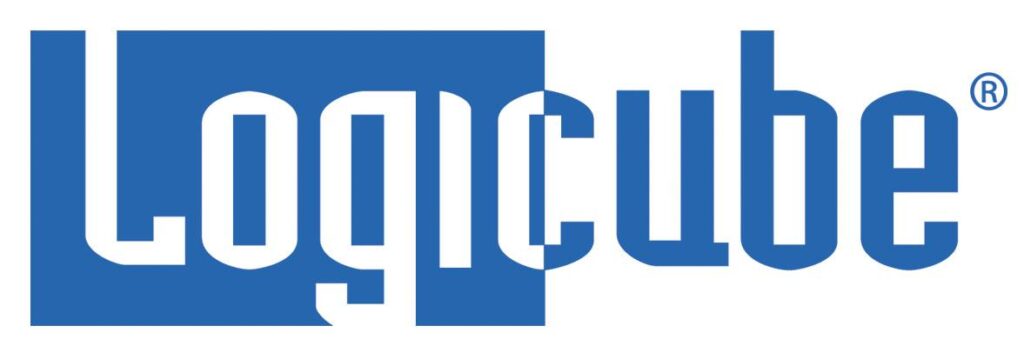In-brief: Security firms Trustwave and IOActive both announced services promising to help aspiring IoT product firms secure their products, more evidence that the Internet of Things is producing secondary markets.
firmware
NetUSB, IoT and Supply Chain Risk
If you want an object lesson in the dangers that await us on the Internet of Things, check out SEC Consult’s write up on NetUSB, a widely used technology developed by an obscure Taiwanese company that just happens to contain a nasty, remotely exploitable vulnerability. According to this alert, published on Tuesday, NetUSB “suffers from a remotely exploitable kernel stack buffer overflow” that could be used to run malicious code on affected devices. Even worse: the NetUSB component is ubiquitous – found in a long list of devices, from low-end wireless access points and broadband routers for small office and home office deployments to what SEC Consult called “high end devices…released very recently.” Networking devices from 26 vendors, including TP-Link, NetGear and others were found to use the NetUSB technology in their products. The vulnerability discovered by SEC Consult is straight-forward enough. According to their advisory, the NetUSB code does an inadequate […]
Researcher: Drug Pump the ‘Least Secure IP Device I’ve Ever Seen’
In-brief: A researcher studying the workings of a wireless-enabled drug infusion pump by the firm Hospira said the device utterly lacked security controls, making it “the least secure IP enabled device” he had ever worked with. His research prompted a warning from the Department of Homeland Security.
Update: RSA Warns of Supply Chain Attack on Point of Sale Vendors
In-brief: RSA said it detected evidence of a malicious software campaign that targeted employees at point of sale vendors – a possible effort to compromise the PoS supply chain.
A Good Housekeeping Seal for the Connected Home?
In-brief: Experts on the security of the Internet of Things warned that lax security and privacy protections are rampant in connected home products, but consumers have no way of knowing whether the products they buy are easy targets for hackers.






